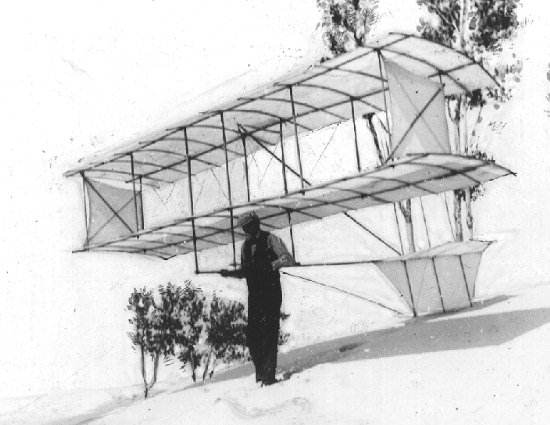

While gliding, movement will instead steer the glider.
#Hang glider blueprints full#
By default, you descend slowly, at about a quarter of normal falling speed, and move about three times as fast as a full sprint. Its wings will catch the wind, allowing you to move very quickly through the air at a greatly reduced falling speed. The glider's primary function kicks in when you fall a short distance in midair. You cannot wield weapons or open your inventory while gliding. If no item is held, player will appear to hold the glider with both hands. You can hold out a lighter or other left-handed item while using the glider. We picked hills with the same slope as the glide ratio, but sometimes it would soar.The glider functions similar to tennis balls in that, when picked up, it occupies your right hand. It took us a few flights before we figured out that we could fly it hanging horizontal. I'd like to think we were the first, but I suppose everyone thought of it at the same time. It occurred to us that we no longer needed the middle bar, so the trapeze was born. We had problems with the inverted T control bar as it would bend slightly and knock the rigging out of whack, so we put diagonal bars on it to stiffen it up. We built a harness and flew it from a seated position. Over time it evolved to irrigation pipe and plastic sheeting. It had no harness, we hung from our armpits.

I had a large piece of parachute from a Gemini capsule my father had given me when I was a kid, and we used it for the cloth. The first one we built was of bamboo in 1972 after one of us saw one flying on a beach in southern California. Stay away from the "true" rogallo form, they can not pull out of a dive! The president of the national club found that out the hard way at 15 feet and rests for eternity in a box.

My friends and I built a rogallo wing out of bamboo in the early '70's also. Take a look at the cover of the June July 1974 issue of Science Mechanics magazine. You can find videos of the glider on YouTube if you do a search for Hang Loose Glider. I found my copy of the plans 5 years ago when we moved but they are burried somewhere in a storage place now. If I built one today I think I would use pink foam insulation for the ribs instead of bamboo and hold them in place with duct tape.

Wing ribs were bamboo heated and bent to shape then stuck in bottle caps screwed to the spars to hold them in place. Wings were covered in plastic sheet, stapled in place. I seem to recall all the gussets were cardboard. Mostly it was "door jam" wood 3/4" thick, 1 1/2" wide X 14 foot front and rear spars and the tail/longerons (?). Right and left wing sections were connected with simple metal straps and 1/4" bolts. Struts were stuck in bottle caps screwed to the spars. It had a 28 foot wing span made from four 14 foot wing sections with 4 foot chord and 4' struts beween the wings. You could search the web for plans (popular mechanics even published some), build a bamboo and polyethylene plastic wing like the pioneers - but you may very well learn a hard lesson that has already been learned.īack in 1973 I built a "Hang Loose" chanute type glider.
#Hang glider blueprints how to#
Please note the number of the early pioneers who died learning how to make safe gliders. Please read-up on the history of hang-gliding on wikipedia. Or use this as motivation to find a job or a second job, and save your $ for flying. If you are really low on funds, then I suggest you look for work with a hang-gliding business or airport, volunteer your services in exchange for flight time or lessons. There are many hang-gliding schools around the country (even here in Canada), just find one and invest in some lessons.īuilding an airchair is also an option, but will cost you as much or likely a little more than a used hang glider - and again, getting some training is very important. But you will almost certainly get hurt if you try it without some training. If you are low on funds, you can buy a used hang-glider for as little as 1,000 (less than that is likely junk). It does none of us any good if you injure or kill yourself. I want you to get into both activities safely and survive to enjoy them for your whole life. Īsk any pilot: the most dangerous phases of flying any aircraft are taking off and landing - you are proposing that because you will be conducting your entire flight in this "low to the ground" phase that you will be safer. A short flying career and a long time in a wheelchair or pine box is defintiely not what you have in mind. Ryan: I understand your desire for flight, and really want you to succeed.


 0 kommentar(er)
0 kommentar(er)
